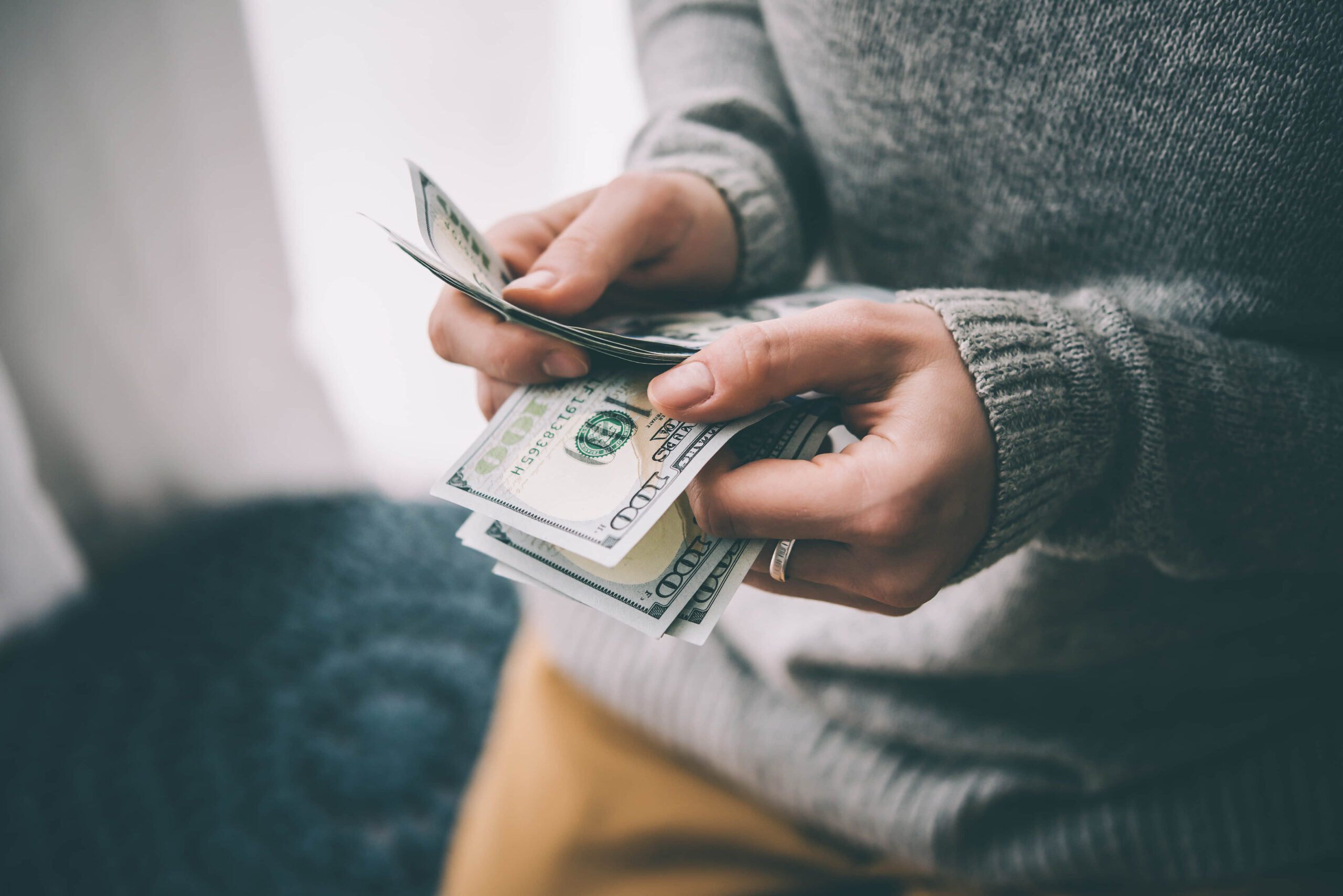People often attribute increasing prices to inflation. This usually occurs when there’s a sudden demand for something, or it could happen because the production cost for something has increased. However, some companies often manipulate prices because customers are willing to pay more due to high demand. We even see scalpers taking advantage of consumers from time to time.
But it’s not just inflation that’s causing the price of things to increase.
The Covid-19 pandemic also had a massive effect on the country’s economy. Supply chains were cut, workers were laid off, and it caused disruptions to many production processes. Thankfully, we’re in a state of recovery and the country’s back-to-normal index is currently at 92%, meaning we’re just 8% off how well the economy was doing in early March of 2020. Unemployment claims are falling, hires are increasing, and there are fewer layoffs and quits than mid-2020.

This is all great news, but why hasn’t it stopped the price of goods and services from going up?
Are things really getting more expensive?
Statistics show that consumer prices rose 5% in June 2021 over the previous month. This has been the biggest jump since the summer of 2008 and more than a predicted 4.7% increase. This is proof that prices for everything from gas to groceries are increasing, and it’s rising at a rate that most of us didn’t expect.
Transportation costs are rising, travel is getting more expensive, and even food prices have risen due to supply issues. While some products have certainly gotten cheaper, items such as meat and poultry have increased around 1.3% between May and June of 2021. These percentages have increased and decreased over the years, but there seems to be an upward trend.
Why are things getting more expensive?
Inflation is usually the cause of goods and services getting more expensive and typically occurs when demand for a product or service increases. For example, as the population of the country increases, the demand for food rises which means there is a higher demand for food products. This will then cause the production price of food to increase and there may be short-term imbalances that cause prices to change.
Companies may take advantage of these sudden shortages or high demand. Some businesses may also raise their prices just because they know that consumers will still buy their products. We see this with the rising cost of smartphones that went from just $200 to around $2,000 in just a few short years. This is partially due to improvements in technology and increased demand for the most powerful and cutting-edge hardware. However, it’s also partially because companies know that people are willing to pay large sums of money for the latest electronics.
In short, things are getting more expensive due to a combination of different factors. The Covid-19 pandemic caused many disruptions in various industries which ultimately raised the cost of producing certain goods. However, it’s also become a trend for companies to use inflation to their advantage in order to increase their profits and fund research for more cutting-edge technologies.

How much have prices changed?
The Bureau of Labor Statistics Consumer Price Index shows that the Consumer Price Index for All Urban Consumers rose by 0.5% in July. This includes shelter, energy, food, and also new vehicles.
When comparing a much longer period of time, we see much more drastic changes. From May 2020 to May 2021, there have been much bigger inflation numbers. For example, gasoline of all types rose by 56.2%, fuel oil rose 50.8%, and used cars and trucks were 29.7% more expensive. Airline fares rose 24.1%, motor vehicles were 16.9% more expensive, and transportation services were 11.2% higher.
Could life itself be getting more expensive?
While it’s fairly normal to see prices change due to supply disruptions and inflation, it’s rare to see it on such a large scale. But it’s not just price changes that are making things feel more expensive; it’s also our lifestyles.
As an example, the Covid-19 pandemic caused many people to adopt pets. In fact, so many pets were adopted during the pandemic that shelters started running out of pets. A pet is not a cheap expense and it requires a lot of investment in terms of medication, veterinarian fees, treats, furniture, and so on. This is one reason why life may feel more expensive for some people in addition to all of the supply chain and inflation problems.
People are also more likely to stock up on items such as toilet paper and pasta. Toilet paper was sold out across many locations in the country during the pandemic, but the recent global crunch in shipping containers will also affect the world’s biggest supplier of wood pulp. This means there may be more toilet paper problems for us in the future and will most likely increase the price of toilet paper in the near future.

Will things ever get cheaper?
There are a few things that are already getting cheaper. Healthcare costs are rising at a much slower rate, and supply chains are starting to mend which means certain items will likely drop in price. However, it’s difficult to say when or if certain items will decrease in price. The hope is that as the Covid-19 pandemic subsides and the world returns to normal, we’ll start to see more efficient production and manufacturing processes which means less overall demand and changes to our lifestyles which can help us adopt better spending habits.
So while things are certainly getting more expensive and life does feel more demanding, there may be good news on the horizon.

